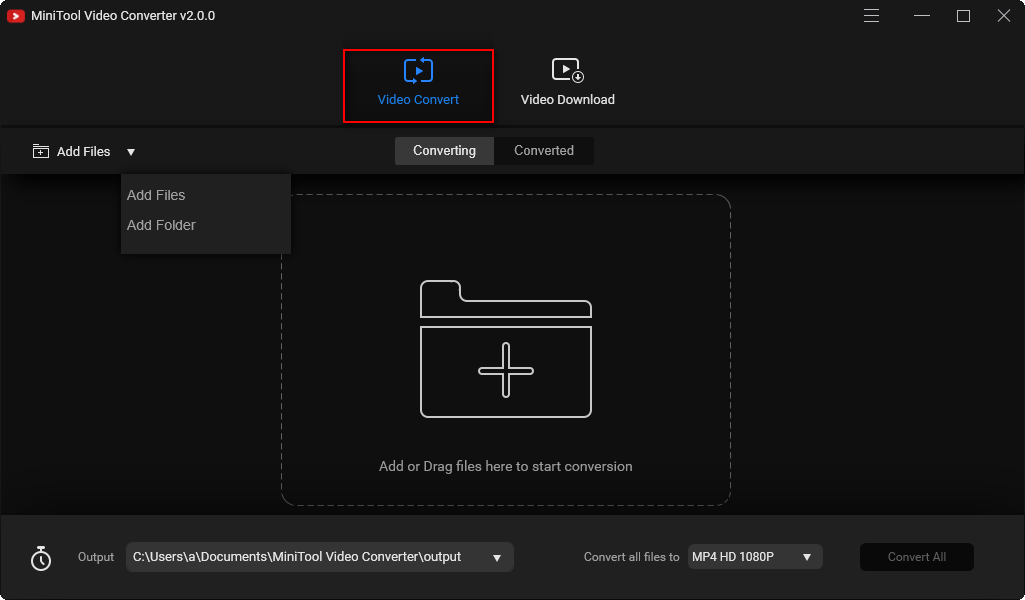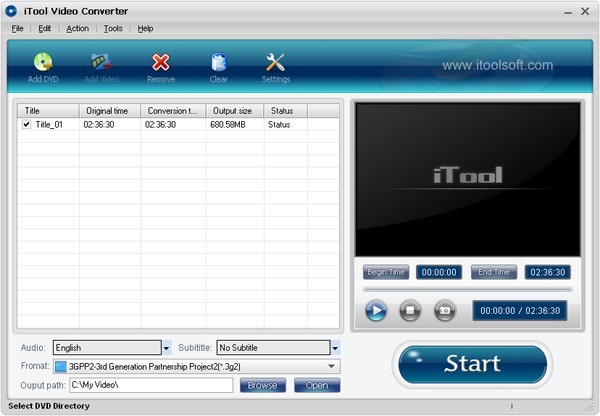
You have to adjust the bitrate and other settings to achieve the desired balance of quality and file size. On the other hand, you can also reduce file size by lowering video bitrate at the expense of quality loss. Q1: How can I reduce the file size of my 1080p videos?Ī: You can use a more advanced or efficient video codec, such as H.265 or VP9, to compress your 1080p videos without sacrificing quality. For example, YouTube recommends a bitrate of 8-12 Mbps for 1080p 60fps video. Different platforms have different requirements and limitations when it comes to video bitrate.

The platform on which the video will be played is also an important consideration when optimizing video bitrate. H.264 is more widely supported, while AV1 codec offers better compression and smaller file sizes but less supported. The most common codecs for 1080p video are H.264, H.265, VP9, and AV1. There are several codecs available, each with their own advantages and disadvantages. The codec refers to the method used to compress the video data.

For 1080p videos at 60fps, a higher bitrate of 7,500 to 10,000 kbps is recommended to maintain video quality during fast-paced scenes that occur more frequently at higher frame rates. For 1080p video, the ideal frame rate is typically 30fps or 60fps.įor 1080p videos at 30fps, a bitrate of at least 5,000 kbps is recommended, which provides good video quality while keeping file size manageable. The most common frame rates for video are 24fps, 30fps, and 60fps.

The frame rate refers to the number of frames that are displayed per second in a video. When it comes to best video bitrate for 1080p, there is no definitive answer as there are several factors you have to consider, including the frame rate, codec, and resolution of the video, as well as the platform and audience on which the video will be played.


 0 kommentar(er)
0 kommentar(er)
